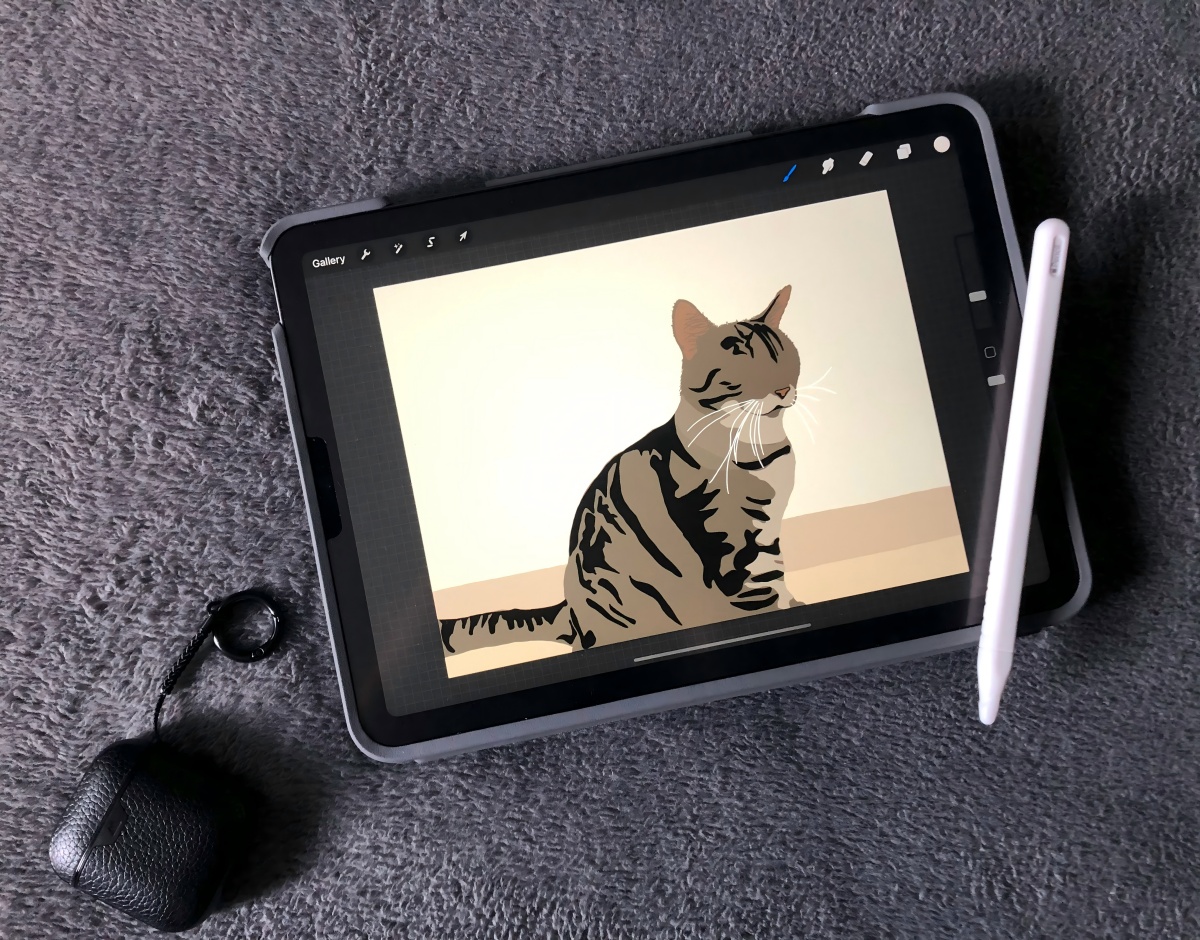Digital Drawing Tablet
Drawing Monitor
Accessories
Please select your country/region
North America
South America
Oceania
Europe
Digital Drawing Tablet
Drawing Monitor
Accessories
Please select your country/region
North America
South America
Oceania
Europe
If you're new to digital art and looking for a simple way to get started, a drawing tablet is one of the best tools to begin your creative journey. Whether you're sketching, painting, or just exploring your artistic side, drawing tablets offer more control and a natural feel than a mouse. In this guide, you'll learn how to choose the best beginner drawing pad, how to use it, and how to start drawing with confidence.

Yes, you can absolutely draw on a tablet. But it's essential to understand the difference between a regular tablet, like an iPad, and a dedicated drawing or graphic tablet. A regular tablet has a touchscreen and usually works independently, while a graphic tablet like those made by ugee connects to a computer and uses a stylus for precise drawing.
Drawing tablets are designed specifically for digital art. They don't have their display unless you choose a pen display model. Instead, you draw on the surface while looking at your computer screen. These tablets offer pressure-sensitive pens, customizable buttons, and large drawing areas, which is ideal for both beginners and experienced artists.
When starting, you don't need an expensive setup. Here are some excellent beginner-friendly drawing tablets:
This is one of the most popular beginner tablets for a good reason. It features a large 10 x 6-inch active area, 8192 levels of pressure sensitivity, and eight customizable shortcut keys. It's compatible with Windows, macOS, and most major drawing software.
If you prefer a screen you can draw on directly, the UE16 is a great starter pen display. It features a 15.4-inch full-laminated screen with accurate color and a responsive battery-free stylus. This makes the transition from paper to screen feel natural.
Another entry-level pen display, good for hobbyists. It offers a smooth experience but comes at a higher price point.
Known for its affordable price and broad compatibility, this non-screen tablet offers a generous active area and customizable keys.
Look for tablets with good pressure sensitivity, a comfortable pen, and a large enough active area to move your hand freely.
Setting up your drawing tablet is simple:
1. Connect the tablet to your computer using the USB cable (or USB-C for some models).
2. Install the drivers from the manufacturer's website (for ugee, visit the official support page).
3. Configure the pen settings like pressure sensitivity, pen button functions, and active area.
4. Open your drawing software like Krita, Medibang Paint, Clip Studio Paint, or Photoshop.
Many tablets come with customizable shortcut keys to speed up your workflow. You can assign actions like undo, zoom, or brush size changes to these keys.
When you first use a drawing tablet, it might feel strange. Here are some techniques to build your confidence:
1. Practice straight lines and curves to improve hand-eye coordination.
2. Draw basic shapes like circles, squares, and triangles.
3. Use pressure control: Try applying different pressure to see how line thickness and opacity change.
4. Work with layers: Keep linework, color, and shading on separate layers to stay organized.
Take your time to get used to the pen and tablet surface. Many beginners start by tracing over existing art to get comfortable.
Learning to draw digitally is a process, and everyone improves with practice. Here's a simple plan:
Step 1: Start with tutorials. YouTube channels like "Draw with Jazza" or "Art with Flo" offer great beginner lessons.
Step 2: Try simple art challenges like drawing one subject every day.
Step 3: Explore digital tools like brushes, layers, and selection tools.
Step 4: Join a community. Platforms like DeviantArt, Reddit, or Discord groups can offer feedback and support.
The more you practice, the more confident you'll become. Don't worry about being perfect. Just keep drawing.
Sketching and painting on a tablet can feel just like using pencil and paint if you use the proper techniques:
- Sketching tips: Use a textured brush that mimics a pencil. Keep your hand loose and avoid zooming in too much.
- Painting tips: Block in large shapes first. Use the color picker to blend tones. Try digital brushes that mimic real watercolor or oil paint.
- Layer control: Keep your line art, base colors, shading, and highlights on separate layers.
Pen displays like the ugee UE16 make painting feel smooth and intuitive, especially with its laminated screen that reduces parallax.
To make your drawing experience even better:
- Use a drawing glove: It reduces friction between your hand and the tablet.
- Try a screen protector: If you're using a pen display, a matte screen protector can make it feel more like paper.
- Customize your shortcuts: Set up your tablet buttons and software hotkeys to improve your workflow.
- Maintain good posture: Set your tablet on a stand or at an angle to prevent wrist strain.
Minor changes to your setup can have a significant impact on how comfortable and efficient you are.
Digital drawing doesn't have to be complicated. With the right beginner drawing tablet, like the ugee M708 or UE16, you can start creating digital art today. These tablets offer professional-grade features at a beginner-friendly price, making them ideal for students, hobbyists, and anyone new to digital illustration.
Whether you're sketching cartoons, painting portraits, or just doodling for fun, a good drawing pad will open up a whole new world of creativity. Start slow, practice daily, and remember: every great artist was once a beginner.
Let your creativity flow. Grab your drawing tablet, open your favorite app, and start making art that's uniquely yours.
Please select your country/region
North America
South America
Oceania
Europe